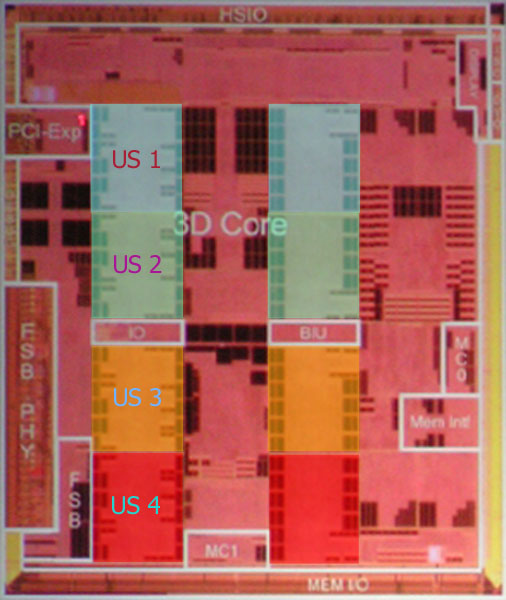It makes perfect sense:
Yields. Obviously PS3 will need to be mass produced on an extreme scale. Xenos (apparantly) and Cell both have redundancy built in. Why not RSX?
Aggressive clock target (granted on 90 nm)
Lines up with certain "odd statements". IE, Nvidia saying a more powerful GPU will be out at PS3 launch. Even an "Ultra" 7800 would be hard pressed to be higher than 550 mhz. However, if the RSX is 20 pipes, problem with statement solved.
Also supposedly on PSM DVD a Nvid engineer stated RSX<7800GTX by a little. Now I have't seen this so it's rumour, but if true, very powerful statement.
btw, a 550 20 pipe card about eqaul to a 26 pipe 430 mhz card. So RSX still>stock 7800 GTX.
Anyway, I just want credit when it happens!
Yields. Obviously PS3 will need to be mass produced on an extreme scale. Xenos (apparantly) and Cell both have redundancy built in. Why not RSX?
Aggressive clock target (granted on 90 nm)
Lines up with certain "odd statements". IE, Nvidia saying a more powerful GPU will be out at PS3 launch. Even an "Ultra" 7800 would be hard pressed to be higher than 550 mhz. However, if the RSX is 20 pipes, problem with statement solved.
Also supposedly on PSM DVD a Nvid engineer stated RSX<7800GTX by a little. Now I have't seen this so it's rumour, but if true, very powerful statement.
btw, a 550 20 pipe card about eqaul to a 26 pipe 430 mhz card. So RSX still>stock 7800 GTX.
Anyway, I just want credit when it happens!

